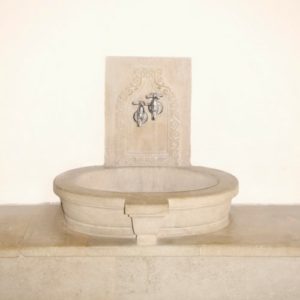History of Indoor Plumbing Info Homeowners Should Know
 By discovering more on the evolution of indoor plumbing, you can see how far we’ve come in recent years and gain a greater understanding and appreciation for plumbing technology.
By discovering more on the evolution of indoor plumbing, you can see how far we’ve come in recent years and gain a greater understanding and appreciation for plumbing technology.
Our team at Minnesota Plumbing and Heating in Bloomington, MN has significant experience in this area of the marketplace, and so in this latest post, we’ll provide a brief history of indoor plumbing and further information on what you should know.
The First Known Plumbing Systems in India
The Indus Valley Civilization was one of most advanced in the region for the time. In fact, in 2350BC in Lothal all houses had their own private toilet which was then connected to a local sewer system.
While this isn’t the same as the type of sewer system we have now, it was an early model for the indoor plumbing we see around the globe today.
18th Century Royals Get Their Own Flushing Toilets
 Flushing toilets weren’t invented until the early 18th century when inventors realized they could use the power of water pressure to remove waste from the home and transit the waste to local areas away from home properties.
Flushing toilets weren’t invented until the early 18th century when inventors realized they could use the power of water pressure to remove waste from the home and transit the waste to local areas away from home properties.
One example of a flush toilet is Marie Antionette’s. She specifically requested a flush toilet after having waste thrown over by a villager who was throwing their waste out the window into the streets.
New Advances Lead to Sensor Toilets
Now we arrive into the 20th century, and we’re gaining a greater understanding of the impact that bacteria can have in the bathroom. In order to mitigate the spread of bacteria and protect those using public toilets, an inventor in Japan created the first sensor toilet.
 The design meant that the system used sensors to detect waste in the bowl, and then to flush the toilet after detection. It meant the person didn’t have to use their hands to flush the toilet.
The design meant that the system used sensors to detect waste in the bowl, and then to flush the toilet after detection. It meant the person didn’t have to use their hands to flush the toilet.
Modern Low Flow Options Now Available
In the 21st century, we’re now gaining an understanding of the way our water use is impacting local environments. And that’s why many are now using low flow toilets and low flow shower systems.
These systems use only a small portion of the amount of water of a regular system, helping reduce water costs and protect natural waterways.
With a clearer understanding of the evolution of indoor plumbing, you can now make more effective decisions about your personal home needs. Consider how far we’ve come and what your home might need for the future.

